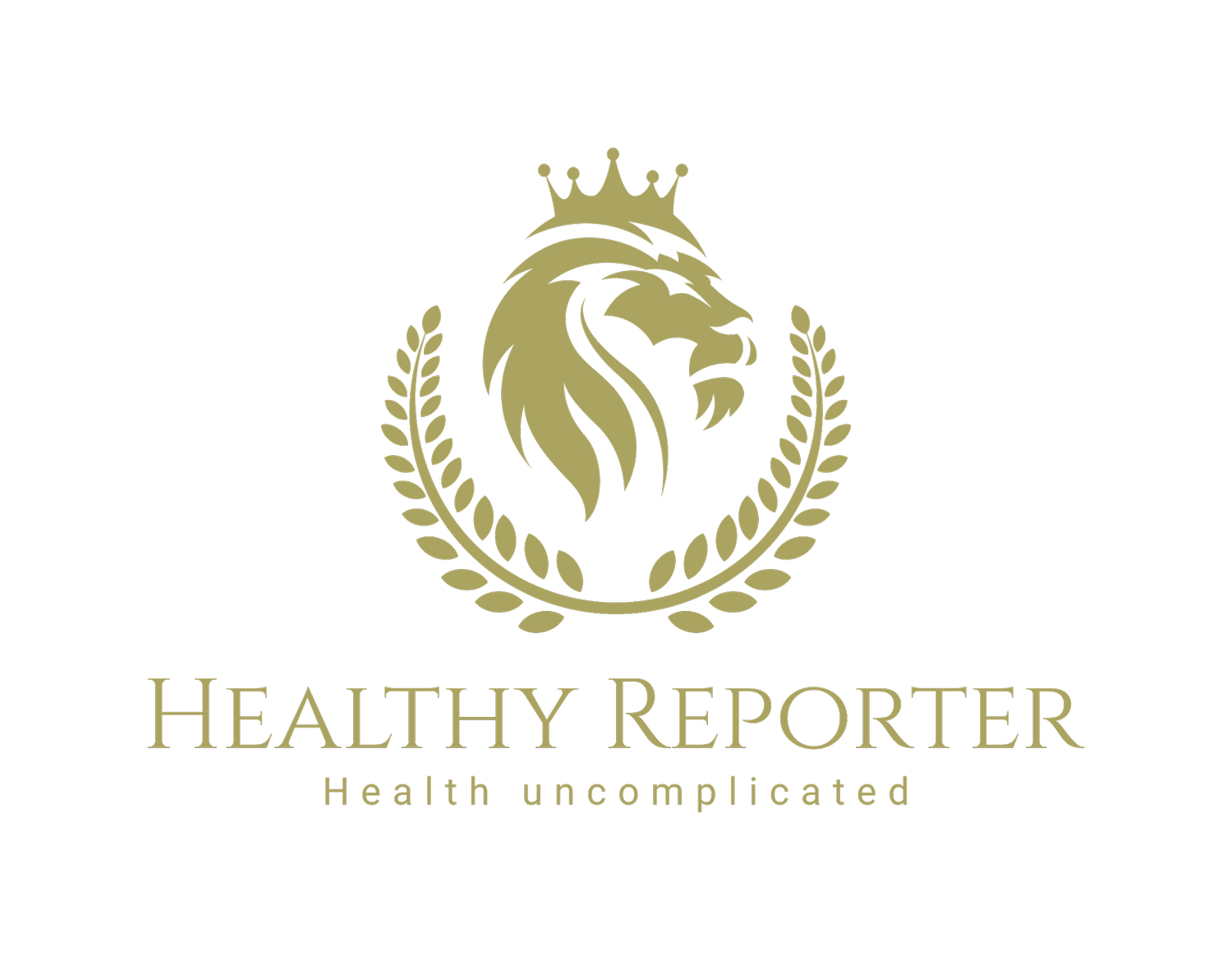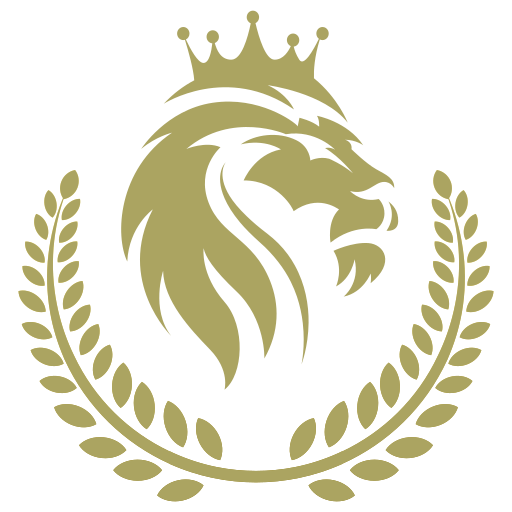#50: How Often Should We Exercise?
Health balances on four columns: sleep, mindset, nutrition, and of course… exercise.
Of the four, exercise tends to be the one we look upon with disdain. It is, after all, what makes us sweat. And that ain’t fun.
The ‘often detestable’ nature tied to exercise begs the question: how much of it do we actually need?
In April 2023, the world’s leading expert on longevity - Peter Attia - had his take on this very question during an episode of his podcast.
Basing his rationale of a 2022 systematic review, he explained that when sedentary folks were given three hours per week of exercise, their risk of all-cause mortality dropped by 50%.
This statistic made exercise the most powerful anti-death drug in existence; with no pharmaceutical even coming close.
Yet, it’s not about simply putting in the hours and going over the motions. What one does in those hypothetical three hours makes all the difference.
“The study found that the most important types of exercises are aerobic, resistance, and some sort of mind-body exercise, or multi-component exercise,” Attia said.
He goes on to say that if you are going to train three hours per week, then:
One hour should be resistance training.
One hour should be aerobic training (specifically: ‘Zone 2’ training)
One hour for training that combines high-intensity action with coordinated movement. Something like shadowboxing.
Here are some practical examples of how to structure your workout week.
Resistance Training
Minimum 1 hour per week
Lifting heavy weights is one way to go, if you’re looking to add years to your life.
In my article: #10 - How To Build Muscle, I described - in detail - how to pack on muscle gains. A training regimen based on compound lifts is a sure way to get the job done. What are compound lifts?
Bench Press
Overhead Press
Bent Over Row
Pull Up
Squats
Deadlifts
Leg Press
Toes-To-Bar
Aerobic Training
Minimum 1 hour per week
Lifting is one thing, but conditioning your body to burn fat efficiently is another.
‘Gold Standard’ aerobic training is known as ‘Zone 2’ Training.
Z2 training is light intensity training that forms part of a five zone scale (a way to scale cardio intensity, typically done using heart rate).
Z1 is recovery
Z2 is easy
Z3 is moderate
Z4 is hard
Z5 is very hard.
The Norwegian Olympic Federation (and many research articles) define Z2 as 72-82% of Maximum Heart Rate (MHR).
MHR is measured by taking the number 220 and subtracting your age (the ‘Fox Formula’).
As a 33-year-old male, my MHR would be 187 bpm.
Alternatively, you could use Phil Maffetone’s MAF formula. This defines one’s aerobic threshold by taking 180 and subtracting age, in beats per minute (bpm).
As a 33-year-old, my Z2 range would be anywhere from 134 - 180 bpm. But should I use the MAF formula instead, my aerobic threshold would be around 147 bpm.
And what activity puts you in Z2? Well… any! So long as it is held at a that specific heart rate bracket. Some examples:
Running
Cycling
Rowing
Swimming
Hiking
Skipping Rope
Dancing
Stair Climbing
Multicomponent Training
Minimum 1 hour per week
What use are muscles and ‘iron lungs’ if they cannot be put to use?
The mechanism behind the benefit is somewhat unclear. But one can argue that any skill-based movement is somewhat a marriage between muscle power and aerobic capacity.
In fact, athletic preparation vis-à-vis resistance and aerobic training is normally done to complement a sport.
Skimping out on this type of activity may not be O.K if you intend on lifespan - and quality of life. So you’d best be thinking about how to worm in some martial arts - or other recreational sports - in your weekly schedule.
Multicomponent Training
Three hours-per-week may be the minimum as far as I’m concerned. But think of the possibilities if we max-out our effort and go for an hour-a-day.
True, training is not easy. But if we are to have a choice on what suffering we endure, then let it be the suffering that yields positive results, rather than the suffering that comes with years of no training.










